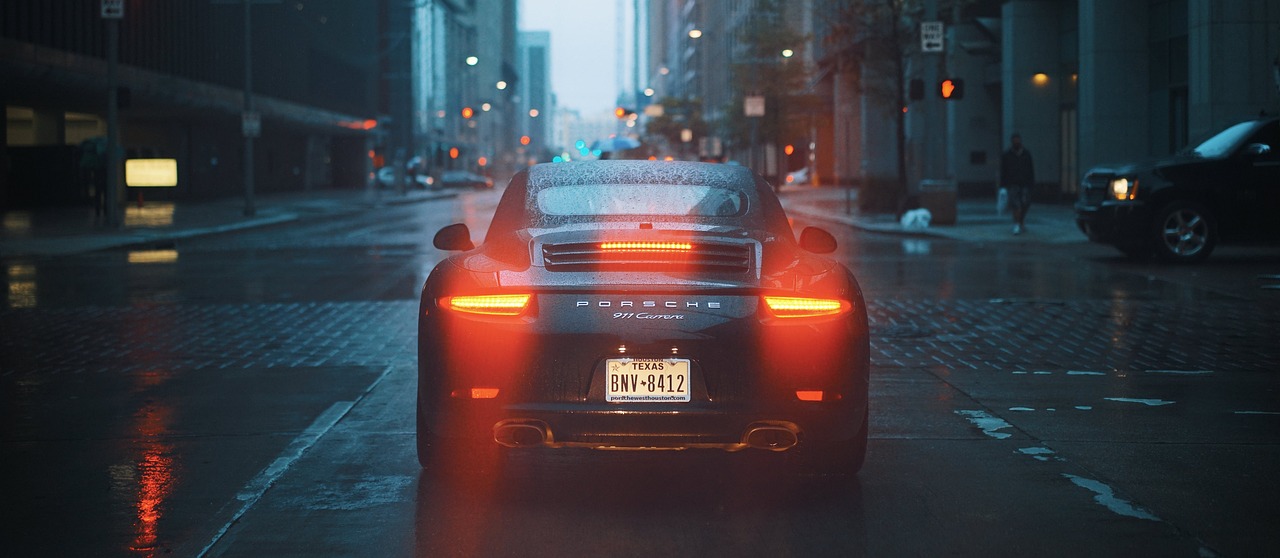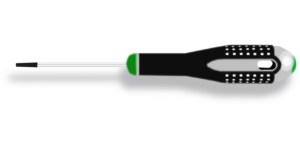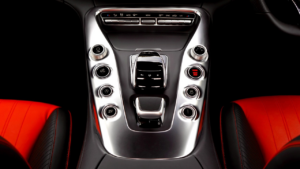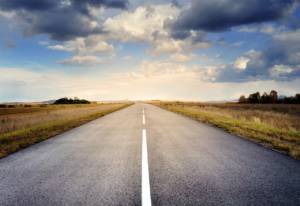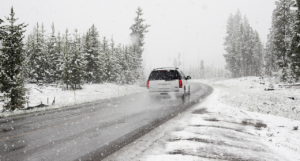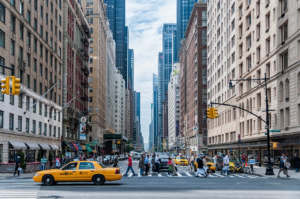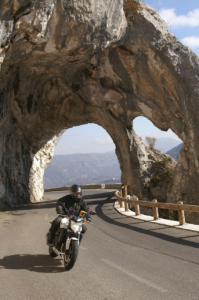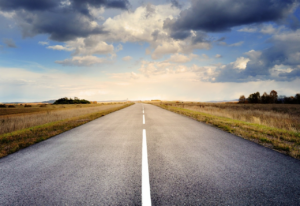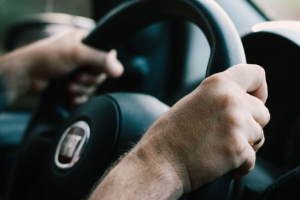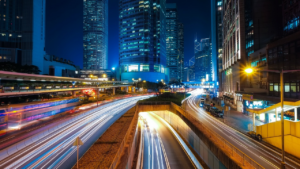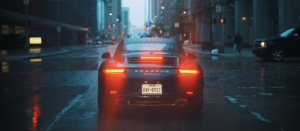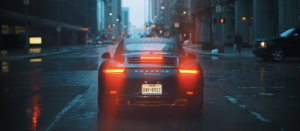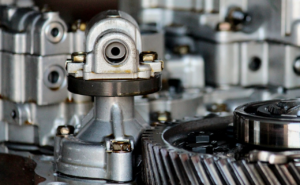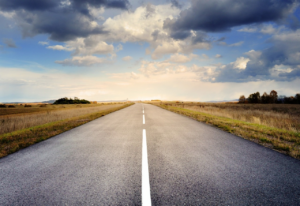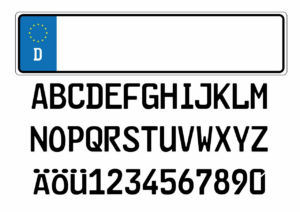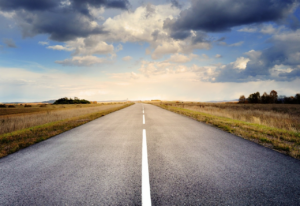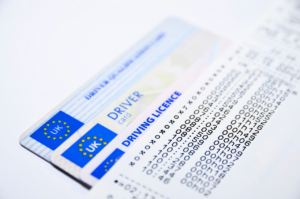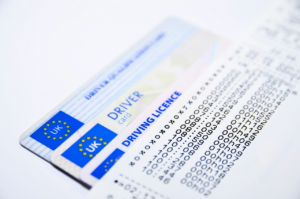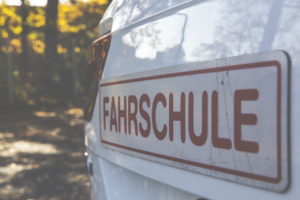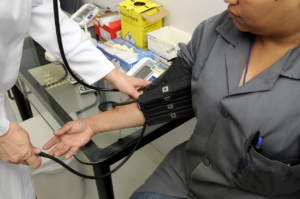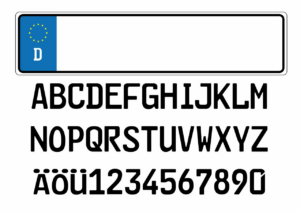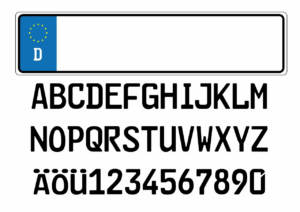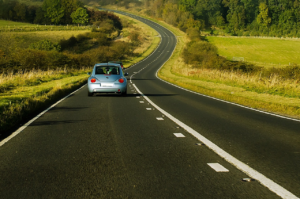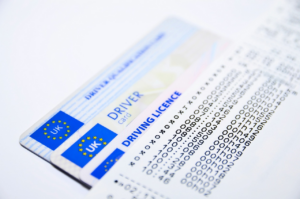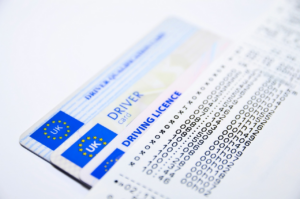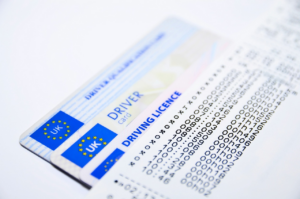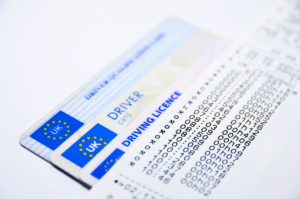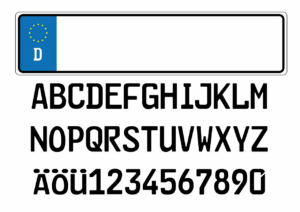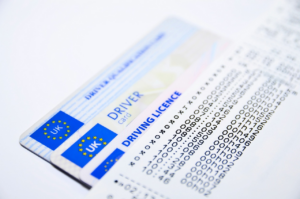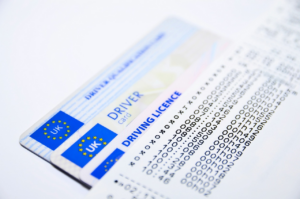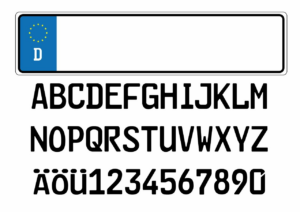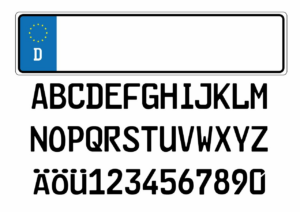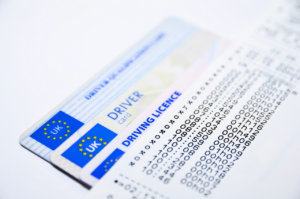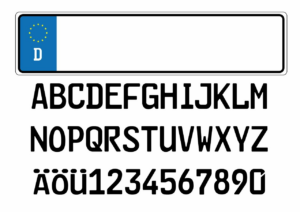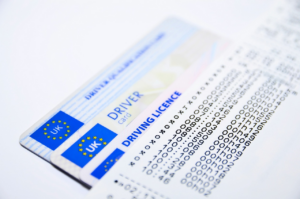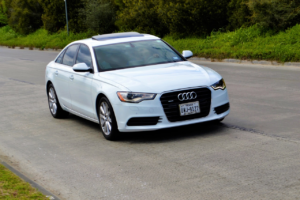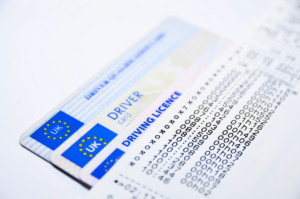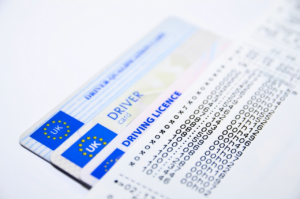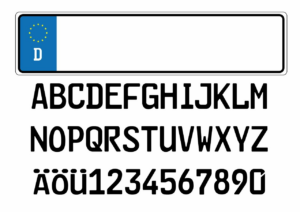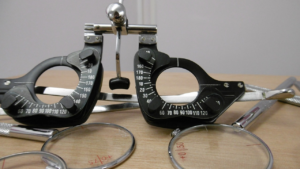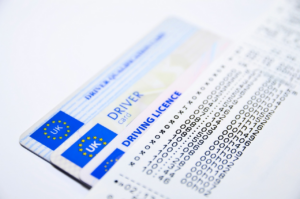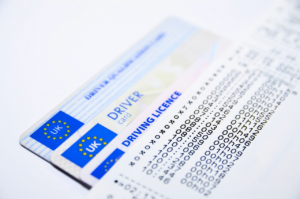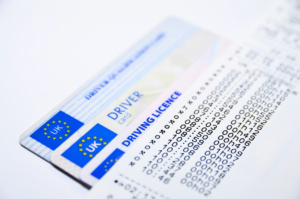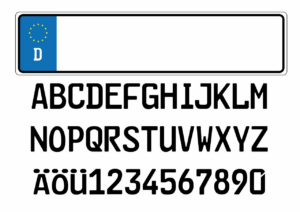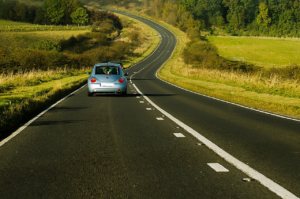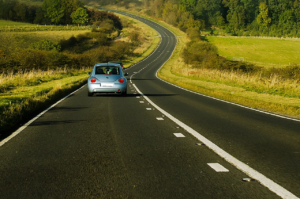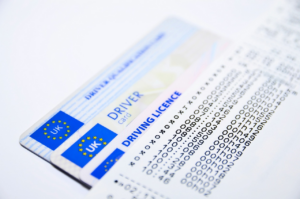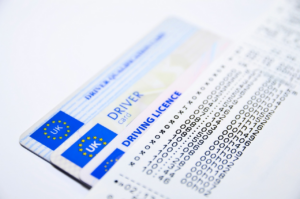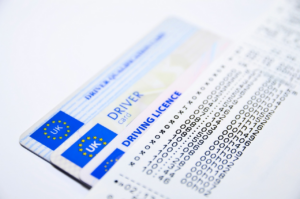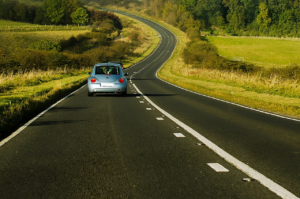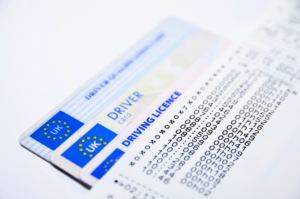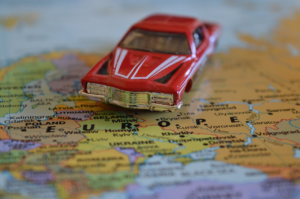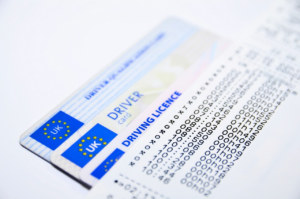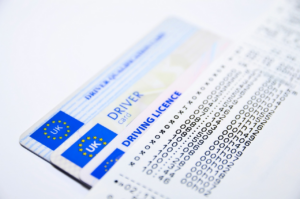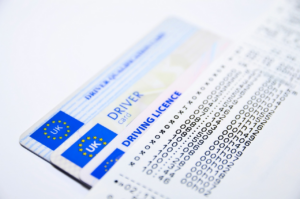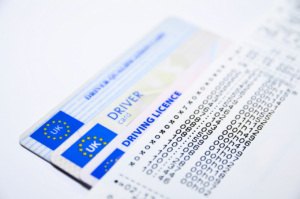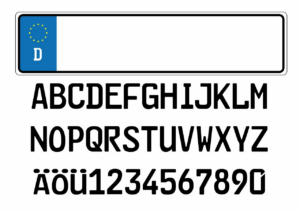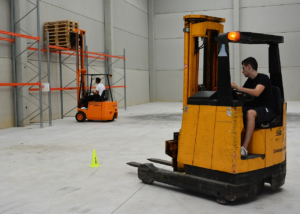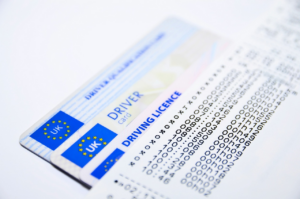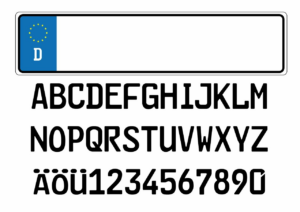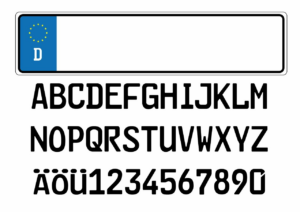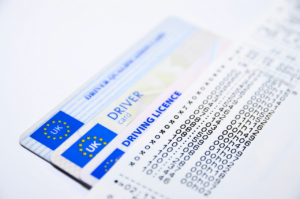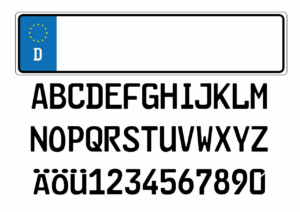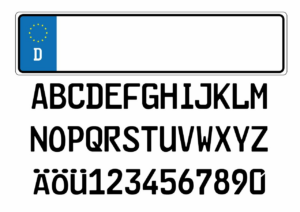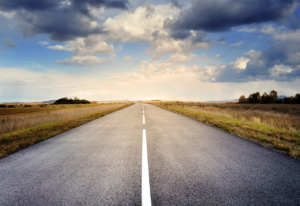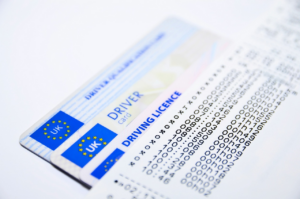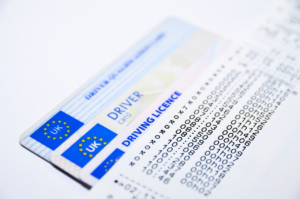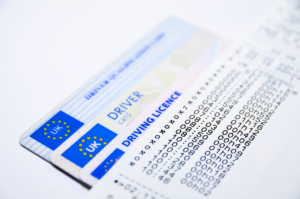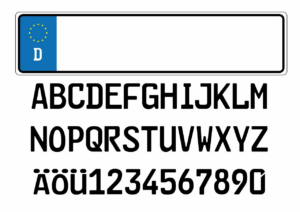Driving in heavy traffic can be a daunting experience, especially for new drivers. However, with the right knowledge and skills, you can navigate through traffic safely and efficiently.
In this article, we will share with you 10 tips and tricks that you can use to drive safely in heavy traffic. By following these tips, you can not only avoid accidents but also reduce your stress levels while driving.
From planning ahead to being prepared for emergencies, each tip is designed to help you become a more confident and skilled driver in heavy traffic situations. So, whether you’re a seasoned driver or just starting out, read on to learn how to navigate through heavy traffic safely and with ease.
Plan Ahead
You can avoid getting stuck in a jam by planning ahead and taking alternative routes. Before heading out, check the traffic updates, and if there’s a better way to your destination, take it. If you’re using a navigation app, make sure it’s updated with the latest traffic information.
Also, consider leaving earlier than usual to avoid the rush hour traffic. Moreover, when planning ahead, make sure your vehicle’s in good condition. Check the brakes, fluids, and tires. You don’t want to be stuck in heavy traffic with a vehicle that’s not roadworthy.
Additionally, ensure you have enough fuel to get you to your destination to avoid unnecessary stops that can cause delays. By planning ahead, you can reduce the stress of driving in heavy traffic, and arrive at your destination safely and on time.
Stay Focused
Keep your eyes on the road and avoid distractions to stay alert and avoid potential accidents. When driving in heavy traffic, it’s essential to stay focused on the task at hand and be aware of your surroundings.
Here are three tips to help you stay focused:
-
Avoid using your phone while driving. Texting, calling, or checking social media can distract you from the road and put you and other drivers at risk. If you need to make a call or send a message, pull over to a safe location first.
-
Stay alert and aware of your surroundings. Keep an eye on the cars in front of you, behind you, and beside you. Be aware of any sudden changes in traffic patterns or road conditions and adjust your driving accordingly.
-
Don’t let your emotions control your driving. It’s easy to get frustrated or angry when stuck in heavy traffic, but it’s important to stay calm and focused. Take deep breaths, listen to soothing music, or use other relaxation techniques to help you stay calm and focused on the road.
Maintain a Safe Distance
To avoid potential accidents and stay safe on the road, it’s crucial to maintain a safe distance between your car and the one in front of you. This means leaving enough space so that you can react quickly to any sudden stops or movements by the car ahead.
A general rule of thumb is to keep a distance of at least one car length for every 10 miles per hour you’re traveling. For example, if you’re driving at 60 miles per hour, you should maintain a distance of six car lengths between you and the car in front of you.
It’s also important to remember that maintaining a safe distance doesn’t just mean keeping a physical space between your car and the one in front of you. It also means being aware of the other cars around you and anticipating any potential hazards.
Keep an eye on your surroundings and adjust your speed and position accordingly. By maintaining a safe distance, you’ll not only reduce the risk of accidents but also create a safer and more relaxed driving experience for yourself and those around you.
Use Your Signals
If you want to make sure other drivers know your intentions, don’t forget to use your turn signals while driving! Your turn signals are the easiest way to communicate your next move to other drivers.
Whether you’re changing lanes or making a turn, using your signals can help prevent accidents and keep everyone on the road safe.
When using your signals, make sure you do so in advance of your intended maneuver. This gives other drivers enough time to react and adjust their own driving accordingly.
Additionally, be sure to turn off your signals once you’ve completed your turn or lane change. Leaving them on can be confusing to other drivers and may lead to unnecessary honking or even accidents.
By using your turn signals, you can help ensure a smoother, safer driving experience for everyone on the road.
Be Patient
Waiting for slow-moving vehicles or dealing with congested roads can be frustrating, but taking a deep breath and practicing patience can make the drive more enjoyable and less stressful. Here are some tips for staying patient when driving in heavy traffic:
-
Accept that traffic is out of your control: You can’t control how fast the cars in front of you are going, but you can control your reaction to it. Accepting that traffic is out of your hands can help you feel less stressed and more patient.
-
Listen to calming music or a podcast: Instead of getting frustrated by the traffic, listen to something that will distract you and keep you calm. Choose something that you enjoy and that won’t distract you too much from the road.
-
Use positive self-talk: When you start to feel impatient, try talking yourself through it. Remind yourself that you’ll get to your destination eventually and that there’s no point in getting worked up. Using positive self-talk can help you stay calm and patient.
By practicing patience and using these tips, you can make driving in heavy traffic a more pleasant experience. Remember to take deep breaths, stay calm, and keep your cool.
Stay in Your Lane
When driving in heavy traffic, it’s important to stay in your lane and avoid unnecessary lane switching. Weaving in and out of traffic can not only be dangerous, but it can also cause delays for other drivers.
By staying in your lane and maintaining a consistent speed, you can help keep traffic flowing smoothly and safely. Remember, patience and cautious driving are key when navigating through congested roadways.
Avoid Lane Switching
Steering clear of switching lanes can make for a smoother and more stress-free ride during busy commutes. While it may be tempting to switch lanes to get ahead of slow-moving traffic, constantly changing lanes can actually slow you down and increase your risk of accidents.
When you switch lanes, you have to check your mirrors, signal your intention, and navigate through other cars, which takes time and attention away from the road ahead. Moreover, frequent lane switching can also increase the likelihood of conflicts with other drivers.
When you switch lanes, you may cut off another driver or force them to brake suddenly, which can lead to road rage, accidents, or even serious injuries. To avoid such situations, stay in your lane unless you have a good reason to change it, such as an upcoming exit or a lane closure.
This will not only help you arrive at your destination safely and on time but also make the road a more pleasant place for everyone.
Don’t Weave in and out of Traffic
Now that you know the importance of avoiding lane switching, let’s talk about another dangerous driving habit: weaving in and out of traffic. This is when a driver rapidly changes lanes, attempting to pass other vehicles or get ahead in traffic. Not only is this behavior reckless, but it can also cause accidents and put yourself and others in danger.
To help you drive safely in heavy traffic, here are some tips to avoid weaving in and out of traffic:
- Plan ahead and give yourself enough time to reach your destination
- Stay in one lane as much as possible and avoid unnecessary lane changes
- Use your turn signals when changing lanes or merging into traffic
- Keep a safe following distance from the vehicle in front of you
- Be patient and avoid aggressive driving behavior
Remember, driving is a privilege and not a right. By practicing safe driving habits, you can help prevent accidents and keep yourself and others safe on the road.
So, stay focused, alert, and always be mindful of your surroundings.
Check Your Mirrors
When it comes to driving safely, one of the most important things to remember is to always check your mirrors. Use your rearview mirror to keep an eye on what’s happening behind you, and make sure to adjust it so that you have a clear view.
Your side mirrors are just as important, so be sure to use them to check for cars in your blind spots before changing lanes. Remember, staying aware of your surroundings is key to avoiding accidents on the road.
Use Your Rearview Mirror
Keep an eye on what’s happening behind you by using your rearview mirror to avoid potential hazards. Your rearview mirror is your best tool for keeping tabs on the traffic that’s approaching from behind, and it can help you avoid collisions caused by sudden stops or lane changes.
As you drive, keep checking your rearview mirror every few seconds to make sure you know what’s happening behind you. It’s important to remember that your rearview mirror isn’t just for checking what’s happening behind you. You can also use it to gauge your following distance and make sure that you’re not tailgating the car in front of you.
By keeping a safe distance and using your rearview mirror to stay aware of what’s happening behind you, you can avoid accidents and drive safely in heavy traffic.
Use Your Side Mirrors
Make sure your side mirrors are adjusted correctly to give you a wider view of the road and help you detect any vehicles that may be in your blind spots. Here are some tips for using your side mirrors effectively:
-
Adjust your side mirrors so that you can barely see the side of your car in them. This will give you a wider view of the road behind you.
-
Check your side mirrors regularly, especially before changing lanes or merging into traffic.
-
Use your side mirrors to monitor the position of cars around you, and to keep an eye out for any vehicles that may be approaching you from the side.
-
If you’re driving in a congested area or in heavy traffic, make sure to use your side mirrors in conjunction with your rearview mirror to get a full picture of what’s happening around you.
-
Remember that your side mirrors can’t show you everything, so always do a quick head check before changing lanes or making any sudden moves.
By using your side mirrors correctly, you can greatly reduce your risk of getting into an accident while driving in heavy traffic. Remember to adjust them properly, check them regularly, and use them in conjunction with your rearview mirror to stay aware of your surroundings at all times.
Be Prepared for Emergencies
When it comes to driving in heavy traffic, emergencies can happen at any time. That’s why it’s important for you to have an emergency kit in your car, just in case.
Additionally, knowing what to do in case of an accident can make a big difference in the outcome of the situation. Remember to stay calm and call for help if needed, as this can help ensure your safety and the safety of others on the road.
Have an Emergency Kit
If you find yourself stuck in gridlock, it’s always a good idea to have an emergency kit on hand in case of any unexpected situations. You never know when you might need it, and being prepared can make a big difference in how you handle an emergency.
Here are three items to include in your emergency kit:
-
First aid kit: Accidents can happen anytime, anywhere, and while you may not be able to prevent them, you can certainly be prepared for them. A first aid kit should include bandages, gauze, antiseptic wipes, and any necessary medications.
-
Water and snacks: Being stuck in traffic for hours on end can be exhausting, and dehydration and hunger can make it worse. Keep a few bottles of water and some non-perishable snacks, like granola bars, in your kit to help keep you and your passengers hydrated and full.
-
Emergency contact information: In case of an emergency, it’s important to have a list of important phone numbers, such as those for roadside assistance, family members, and emergency services. Keep them in your kit, along with a charged phone and any necessary chargers.
Being prepared for any situation can help you stay calm and focused, even when the unexpected happens.
Know What to Do in Case of an Accident
Knowing what to do in case of an accident can be crucial for anyone stuck in gridlock, so it’s important to be prepared and informed. The first step is to remain calm and assess the situation. If anyone is injured, call 911 immediately and provide as much information as possible about the location and nature of the accident. If there are no injuries, move the vehicles involved to the side of the road if possible to avoid blocking traffic.
Once the vehicles are moved, exchange contact and insurance information with the other driver(s) involved. Take pictures of the damage to the vehicles and any relevant details such as street signs or traffic lights. It’s also a good idea to take the names and contact information of any witnesses to the accident. Finally, contact your insurance company as soon as possible to report the accident and provide them with the necessary information. By following these steps, you can ensure that you are prepared and informed in case of an accident while driving in heavy traffic.
| Column 1 | Column 2 | Column 3 | Column 4 |
|---|---|---|---|
| Remain calm and assess the situation | Call 911 if anyone is injured | Move vehicles to the side of the road | Exchange contact and insurance information |
| Take pictures of the damage and relevant details | Get names and contact information of witnesses | Report the accident to your insurance company | Provide necessary information to your insurance company |
Remember, accidents can happen to anyone, but being prepared can help minimize the stress and confusion that can come with them. By knowing what to do in case of an accident, you can ensure that you are taking the necessary steps to protect yourself and your passengers while driving in heavy traffic. Stay alert, stay calm, and stay safe on the road.
Stay Calm and Call for Help if Needed
Stay calm and don’t hesitate to call for help if you need it, whether it’s due to an accident or any other emergency situation while driving.
If you’re involved in an accident, take a deep breath and assess the situation. Check yourself and your passengers for injuries and move to a safe location if possible. Once you’re in a secure area, call emergency services immediately.
When calling for help, make sure to provide your location and a brief description of the situation. Be calm and clear when speaking to the operator and follow their instructions. If you’re not sure what to do, don’t hesitate to ask for help. Emergency services are trained to handle these situations and can provide you with the necessary guidance.
Remember, staying calm and calling for help can make all the difference in an emergency situation.
-
Tips for staying calm in an emergency situation:
-
Take deep breaths and try to relax
-
Focus on your breathing and try to clear your mind
-
Tips for calling for help:
-
Provide your location and a brief description of the situation
-
Follow the operator’s instructions and ask for help if needed.
Frequently Asked Questions
How can I reduce stress while driving in heavy traffic?
To reduce stress while driving in heavy traffic, there are a few things you can do. First, make sure you’re well-rested before getting behind the wheel. Being tired can increase stress levels and make it harder to focus on the road.
Second, try to leave yourself plenty of time to reach your destination so you don’t feel rushed. This will give you the freedom to drive at a comfortable pace without worrying about being late.
Third, consider using calming techniques such as deep breathing or listening to soothing music.
Finally, remember to stay alert and focused while driving, and avoid distractions such as texting or talking on the phone.
By following these tips, you can help reduce stress and stay safe on the road.
Is it safe to use my phone while driving in heavy traffic?
Using your phone while driving in heavy traffic is never safe. In fact, it increases the risk of accidents significantly. When you’re in heavy traffic, your attention should be focused on the road and the vehicles around you.
Even a brief glance at your phone can cause you to miss important cues and lead to a collision. Moreover, texting or calling while driving can also distract you from hearing emergency sirens or honking from other drivers.
It’s best to keep your phone away while driving to ensure your safety and the safety of others on the road. Remember, no text or call is worth risking your life for.
What should I do if I encounter an aggressive driver while in heavy traffic?
If you encounter an aggressive driver while in heavy traffic, it’s important to stay calm and avoid any confrontations.
Don’t engage with the other driver or make any gestures that could escalate the situation.
Instead, keep a safe distance between your vehicles and try to change lanes or exit the highway if possible.
If the other driver continues to behave aggressively, consider calling the police and providing them with a description of the vehicle and license plate number.
Remember, your safety and the safety of other drivers on the road is the top priority.
How can I ensure that my brakes are in good working condition before driving in heavy traffic?
Before driving in heavy traffic, it’s imperative that you ensure your brakes are in good working condition.
Start by checking the brake pads for wear and tear. If they’re less than a quarter inch thick, it’s time to replace them.
Look for signs of rust or corrosion on the rotors, and check the brake fluid level. If it’s low, add more and inspect for leaks.
Be sure to test your brakes before hitting the road by applying firm pressure to the pedal while parked. If you hear any strange noises or feel a vibration, take your car to a mechanic to avoid any potential safety hazards on the road.
Remember, properly functioning brakes are crucial for navigating heavy traffic safely.
What are some common mistakes that drivers make while driving in heavy traffic?
Driving in heavy traffic can be a stressful and challenging experience, and there are several common mistakes that drivers make that can further exacerbate the situation.
One common mistake is failing to stay alert and focused, which can lead to delayed reactions and accidents.
Another mistake is tailgating, which can increase the risk of rear-end collisions.
Additionally, some drivers may become too aggressive or impatient, leading to dangerous maneuvers such as cutting off other drivers or weaving in and out of lanes.
To avoid these mistakes and drive safely in heavy traffic, it’s important to remain attentive, maintain a safe following distance, and practice patience and courtesy towards other drivers.
Conclusion
In conclusion, driving in heavy traffic can be a stressful and daunting experience. However, with the right mindset and preparation, you can navigate through it safely and confidently.
Remember to plan ahead by checking traffic conditions and selecting the best route. Stay focused on the road and avoid distractions such as your phone or eating while driving. Maintain a safe distance from other vehicles, use your signals to communicate with other drivers, and be patient.
Avoid changing lanes frequently and stay in your lane as much as possible. Check your mirrors regularly and be prepared for emergencies, such as having a first aid kit and emergency contact information readily available.
By following these tips and tricks, you can reduce the risk of accidents and ensure a smooth and safe driving experience even in heavy traffic. Remember to always prioritize safety and be aware of your surroundings. Safe driving!


